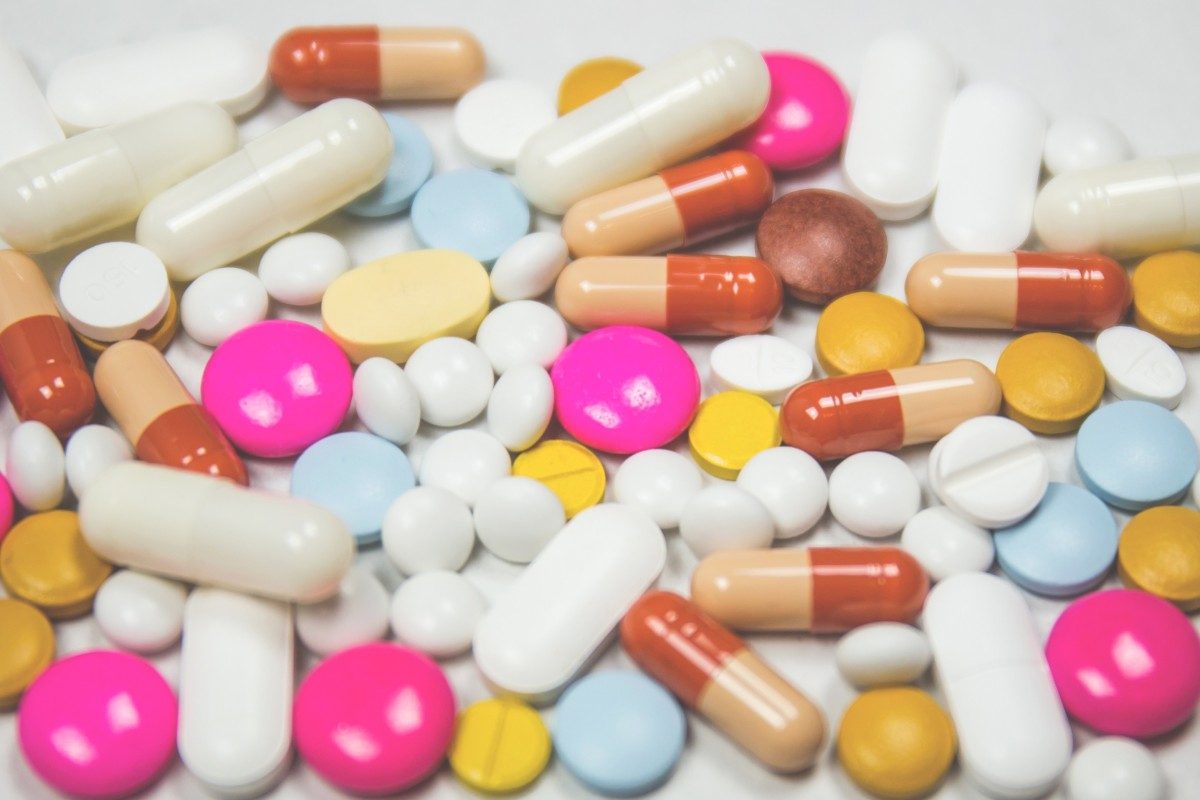Top 10 Pharma Companies of 2019 - Genetic Engineering & Biotechnology News

Headwinds ranging from an expected renewal of political wrangling over the price of prescription drugs to increasing pressure on sales of established treatments have largely, but not entirely, kept pharmaceutical companies from enjoying the increases of their biotech counterparts, as reflected in the share prices of exchange-traded funds (ETFs) consisting of pharma equities.
Two of three pharma ETFs showed year-over-year declines as of November 13, while the third showed an increase in the low single digits. That ETF was the NYSE ARCA Pharmaceutical Index (DRG), which rose 2.8% year-over-year, to $608.31. By comparison, SPDR S&P Pharmaceuticals ETF (XPH) fell 12.7%, to $38.14, while iShares U.S. Pharmaceuticals ETF (IHE) dipped by 6.5% from a year ago, to $143.91.
Below is a list of this year's top 10 pharmaceutical companies, ranked by market cap as of November 13, 2019, as furnished by the companies on their websites; by the exchanges on which they trade their shares; or by other publicly available sources, such as any of several free stock information websites. Figures of non-U.S. companies were converted to U.S. dollars from various currencies on November 13, 2019.
Overall, the top 10 pharma companies on this year's GEN list generated a combined $1.792 trillion in market cap, down 2.9% from the $1.845 trillion recorded by the drug developers that made GEN's A-List of Top 10 Pharma Companies of 2018, but up 4% from the $1.722 trillion racked up by the Top 10 Pharma Companies of 2017, a year in which pharma stocks recovered from the previous year's election-related investor fears of curbs on rising prescription drug prices. If nothing else, those results confirm the age-old advice that stock investors should think long-term if they want the best results.
This year's list includes all 10 companies appearing in 2018, evenly split among market cap gainers and losers. In 2019 as last year, Bristol-Myers Squibb (BMS) just missed the top 10 by ranking 11th with a market cap of $95.9 billion, even though that figure represented a double-digit (11.2%) leap from the $86.311 billion recorded in 2018—a result of BMS' planned $74 billion acquisition of Celgene.
The biggest year-over-year drop in market cap was suffered by Pfizer, which ranked fifth with just over $205 billion as of November 13, down nearly 19% from 2018. Market watchers have attributed that decline to declines in sales during the second and third quarter of this year, even though Q3 sales and earnings results exceeded estimates—and despite the company's efforts to improve shareholder value through acquisitions such as its $11.4 billion purchase of Array BioPharma, completed July 30.
Over the past three years, the biggest market cap decline has come from 12th-ranked Bayer, whose $72.365 billion (€65.74 billion) in market cap is 17.4% lower than the $87.64 billion reported by GEN in 2016, the year it announced plans to acquire Monsanto for $66 billion (a deal completed June 7, 2018, for $3 billion less).
In reporting third-quarter earnings on October 30, Bayer acknowledged that the number of U.S. plaintiffs alleging that the weed killer Roundup led to them developing cancer had doubled over the previous three months, to 42,700—a spike the company has attributed to an advertising blitz by injury lawyers. While Monsanto and now Bayer have denied the allegations and challenged the claims vigorously in court, three juries have sided with plaintiffs in finding that Roundup use caused non-Hodgkin lymphoma.
10. Eli Lilly
$108.677 billion
NYSE (LLY)
↓ 8.6%
9. GlaxoSmithKline
$110.224 billion (£86.777 billion)
London Stock Exchange (GSK)1
↑ 9.0%
8. Sanofi
$114.421 billion (€103.962 billion)
Euronext Paris (SAN)2
↑ 1.1%
7. AstraZeneca
$124.44 billion (£96.910 billion)
London Stock Exchange (AZN)3
↑ 21.3%
6. AbbVie4
$128.791 billion
NYSE (ABBV)
↓ 4.4%
5. Pfizer
$205.039 billion
NYSE (PFE)
↓ 18.9%
4. Roche
$211.513 billion (CHF 209.29 billion)
SIX Swiss Exchange (ROG)5
↓ 1.6%
3. Merck & Co.
$216.409 billion
NYSE (MRK)
↑ 11.4%
2. Novartis
$226.539 billion (CHF 224.178 billion)
SIX Swiss Exchange (NOVN)6
↑ 0.3%
1. Johnson & Johnson
$345.907 billion
NYSE (JNJ)
↓ 10.7%
References:
1. GlaxoSmithKline shares are also traded on the NYSE as American Depositary Receipts (ADRs). www.gsk.com/en-gb/investors/share-price-analysis/gsk-share-price/
2. Sanofi is also listed on the NYSE, where it trades American Depositary Shares (ADSs); One ordinary share represents two ADSs.
3. AstraZeneca shares are also traded on NASDAQ Stockholm, while the company's ADRs are traded on the NYSE. www.astrazeneca.com/investor-relations/faqs.html.
4. AbbVie has announced its intent to acquire Allergan for approximately $63 billion, the second-largest biopharma merger announced this year. The deal would create a $48 billion biopharma giant, based on 2019 revenues, by strengthening AbbVie's topline with the up-to-$15.425 billion in annual revenue projected this year by Allergan.
5. Market cap information includes both Roche nonvoting equity securities and Roche bearer shares, both listed on SIX Swiss Exchange. Roche is also listed on OTCQX International Premier, where it trades ADRs under the ticker RHHBY. www.roche.com/investors/shares.htm
6. Novartis also trades ADRs on the NYSE.



Comments
Post a Comment